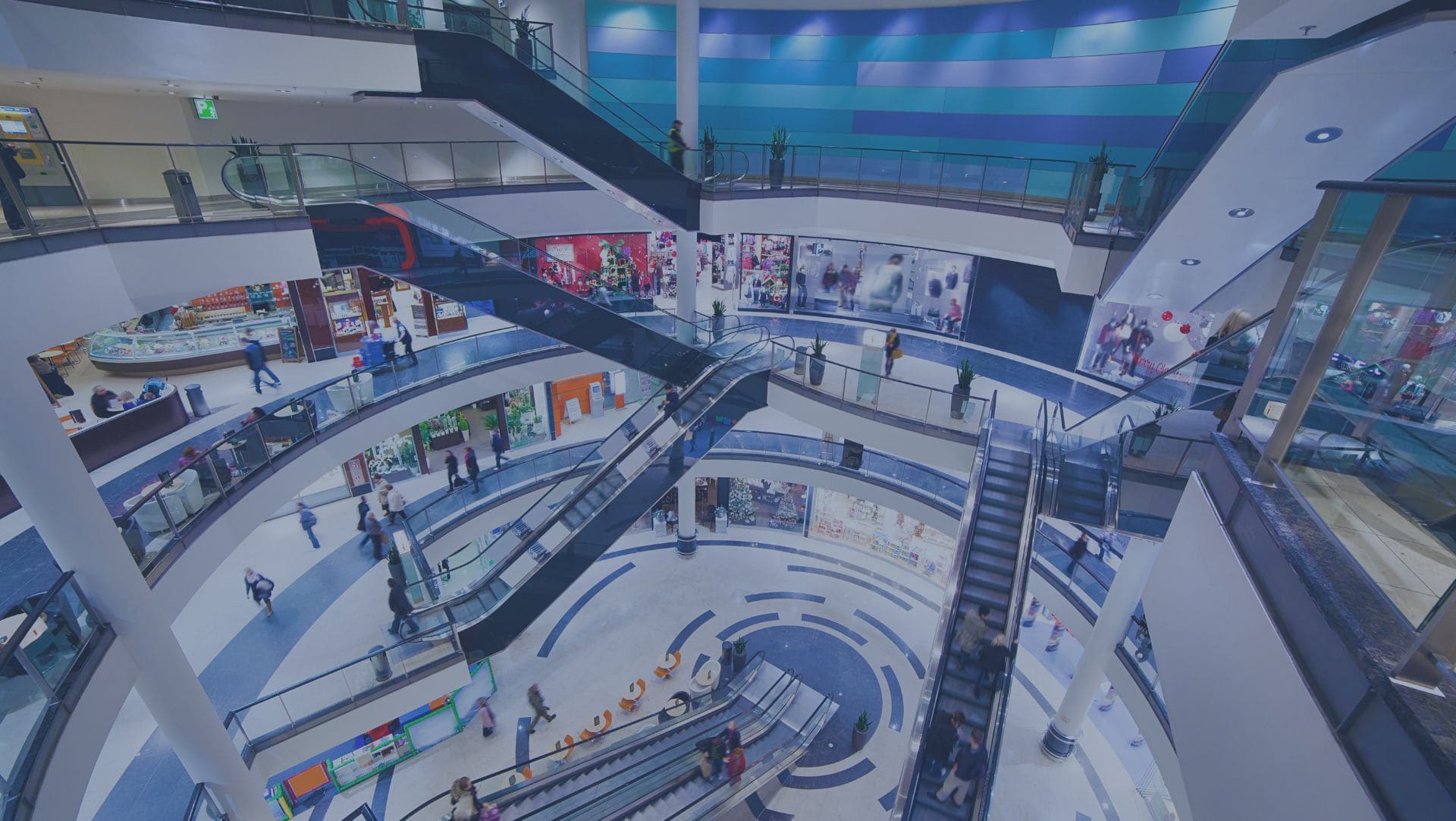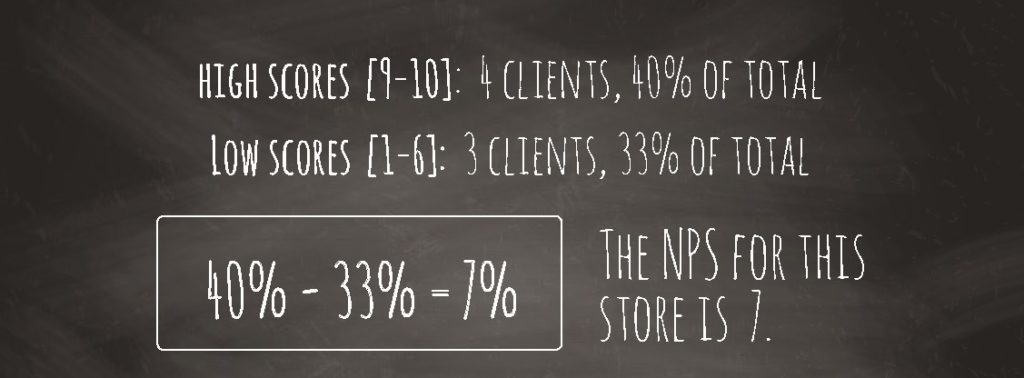
NPS: THE NEW ERA KPI
NPS : Net Promoter Score
I have always put customer’s satisfaction with our product or service first. Indeed, when I started my career in the 90s, it was a very hot topic. Various measuring methods have been developed and implemented in order to evaluate and track the users and customers’ satisfaction, like the Mystery shoppers, satisfaction surveys, etc.
However, despite the success these concepts have reached their time, the priorities have changed. These have adapted to today’s accelerated changes. As a consequence, the new important indicator is the NPS, or Net Promoter Score.
Thus, it is worth wondering what has exactly changed since then. The boom of ICTs is one of the most important reasons, but giving more details about the origin of that change is not the goal of this post. The only thing known for sure is that today having satisfied customers is no longer enough, and it is important to go a step further in our relation with them. Consequently, it is important to keep in mind that an ‘only satisfied’ customer can be lost eventually. He can easily stop being seduced or become totally attracted by other channels or by your competitors.
How do you calculate NPS?
Let’s take an example:
“Considering your experience with our product/service/brand, how likely would you recommend it to a friend or your family?”
This is a typical question you may find in a customer satisfaction survey. The answer would be chosen among a scale of values, for example from 1 (not at all likely) and 10 (extremely likely). Resumining it, the 10 values could be grouped as follows:
– Low probability (values 1-3)
– Medium probability (values 4-7)
– High probability (8-10)
Nonetheless, the criteria to be followed with the NPS is not the same. In the case of the NPS, medium values are simply ignored; they are not taken into account. The criteria to define a ‘medium value’ change as well. To calculate the NPS, the grouping would be the following:
– Low probability (values 1 – 6)
– High probability (values 9-10)
Indeed, the categories are polarized. The customers who gave us neutral marks (7 and 8) are not important. The most important are those who give us the best marks (9 and 10, these respondents are Promoters) and those who give us the lowest marks (6 and below, they are Detractors).
Before the NPS, we would only have done a statistical average and got an average value X. With the NPS, we also calculate an average but we only take into account the values described above (from 1 to 6 and 9-10). The result (Y) is the store, establishment, company or product’s NPS score.
NPS : Example
It is going to be clearer with an example.
Let’s suppose that to the same question as in the previous example, we have obtained the following answers from 10 respondents:
{9, 7, 8, 6, 6, 9, 8, 10, 4, 9}
With these values, the average is 7.6/10. However in the case of the NPS, as we only take the values given by promoters and detractors, the calculation has to be done as following:
– Highest marks [9-10]: 4 respondents, 40% of the total.
– Lowest marks [1-6]: 3 respondents, 33% of the total.
[40% – 33% = 7] => So the store’s NPS is 7.
The results have to be interpreted differently as well. For instance, an NPS score above 0 starts to be acceptable, while a score above 50 is considered as excellent.

What does the NPS means?
What could explain that?
The main reason is related to the new commercial and technological paradigm. Having a ‘reasonably satisfied’ customer is not enough anymore, even less an unsatisfied one. We have to try to reach excellence in the way we treat our customer and we want them to be amazed. His experience in our store or while he uses our product has to be unique, rewarding and humanly pleasant.
It has to be like this because of the numerous competitors against which we have to develop our economic activities every day. The risk to lose a customer is now a lot higher than before because of the competition and the use of the new technologies. If we don’t impress our customers, another company will.
Moreover, treating the customer like that has another advantage, as the respondents who give us the highest marks 9 and 10 in survey questions like showed previously are customers who might eventually actively recommend our products to their relatives. This is why our salespersons have to seek the highest marks possible, ideally a 10 score every time. How to reach that goal?
First of all, excellent marks come with an excellent treatment: give a professional image when needed but be close to your customer when required. There is no question to be chewing gum, avoiding eye-contact or making calls while you are talking with a customer. You have to be respectful towards him and serious while doing your work. Thus, it is important to perfectly know the product you are selling and correctly and convincingly answer to the customer’s questions. It is essential to give a feeling of security and to be close to the most loyal customers. It is not acceptable not to call a customer you see every day by his name.
How to increase NPS?
For all these reasons, non-negotiable standards or protocols of attention are not enough anymore. Of course the question is not to leave them behind, but it is clear that more has to be done. The personalized treatment has to be an inescapable linchpin, thus the customer does not expect only intelligence (meaning skillfulness, rapidity and knowledge) but you also have to show emotional intelligence when you are dealing with him.
Appreciate his opinion, his preferences and, of course, his intelligence.
The goal is to be able to show emotional intelligence in every sale and in every commercial deal , independently of the salespersons’ level of motivation. The following question obviously is: how to do it?
How to show emotional intelligence in our stores when the HQ has failed to do its job properly and leaves us exposed to customers’ reactions?
How to get only 10 marks from our customers even when our store does not offer all the necessary amenities?
How to amaze our customers and make them be promoters when they are surrounded by so many companies offering the same product as ours?
What is my personal goal? Well, I want to contribute to the company’s happiness and to the retail sector’s excellence by seeking always 9 and 10 marks from our customers in order to reach the 50 score and above for the NPS.
Do you want to improve your NPS?
CapKelenn in luxury retail
CapKelenn is the primary certification in Retail Coaching worldwide, certifying managers in Retail to really become coaches for their sales teams, facilitating the transition towards a supreme clienteling savoir-faire. CapKelenn delivers the certification in 12 languages on all the 5 continents. CapKelenn accelerates change, thanks to people, with results that are fast, visible and sustainable, contributing to fertilize a client experience that is memorable and personalized.
Learn how to with our experts



